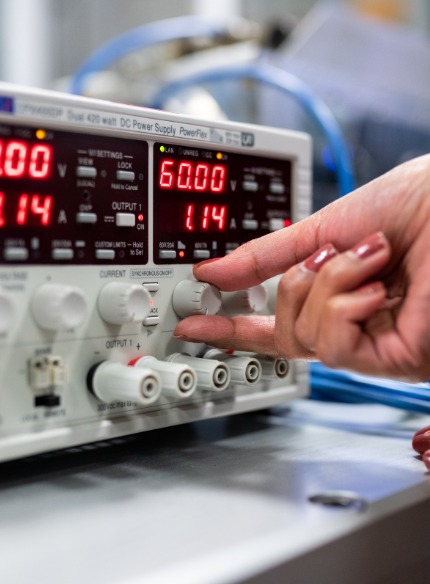Reliable Medical Equipment Financing in New York
Medical Equipment Financing
Introduction to Medical Equipment Financing
With options tailored to various needs, financing supports clinics, hospitals, and private practices in maintaining operations and patient care standards. This approach aids in managing cash flow, allowing for predictable monthly payments over a set term. As healthcare technology evolves, financing becomes crucial in ensuring access to advancements, thereby enhancing treatment outcomes and operational efficiency without straining budgets.

How Medical Equipment Financing Works
Leasing or loans from financial institutions or specialized businesses are how medical equipment funding occurs. This procedure commences when a medical professional decides that new or updated equipment is needed.
Subsequently, the supplier contacts a financing business to go over the details, which comprise the loan amount, interest rate, repayment plan, and possibilities for leasing. When taking out a loan, the borrower gets the money to buy the equipment completely and pays back the loan with interest over time. after you lease an item of equipment, the lessor can buy it after the lease expires, return it, or extend it in exchange for regular payments during the equipment’s use.
Financial stability and credit history are two examples of the variables that affect approval. After being accepted, the contract is completed, and money is released to buy equipment.
The Funding Lane
Benefits of Financing Medical Equipment
Medical equipment financing provides healthcare providers with several advantages:
- Cash Flow Management: This technique enables facilities to stick to their operating budgets by distributing equipment costs over time and preventing significant upfront costs.
Access to Newest Technology: Guarantees that medical professionals can purchase the most recent apparatus, improving the range of treatments and caliber of patient care.
Flexibility in the Budget: Organizations that receive consistent monthly payments can better organize their budgets and direct resources toward other crucial areas. - Benefits for Taxes: Tax savings may be associated with deducting payments for equipment funded as company costs.
- Credit Line Preservation: By funding through specialized lenders, you can preserve your financial flexibility by keeping your current credit lines available for other uses.
- Customizable Payment Plans: Provides the flexibility to adjust payment dates to align with cash flow trends, facilitating effective financial resource management.
- Upgrade Opportunities: To keep facilities at the forefront of medical technology, leasing agreements frequently offer the possibility of upgrading to newer equipment models.
Steps to Secure Financing for Medical Equipment
There are several procedures involved in obtaining financing for medical equipment to guarantee approval and obtain the required funds
- Establish Needs: Determine what equipment is required to improve operations or patient care.
- Investigate other lenders: Investigate lending institutions that focus on medical equipment leases or loans.
- Prepare Documentation: Compile any documentation, such as business plans and financial statements, demonstrating the ability to repay the money.
- Application Submission: Fill out the finance company’s application form and include any necessary supporting papers.
- Negotiate Terms: As soon as you have the initial permission, discuss the financing conditions, such as interest rates, payback plans, and lease possibilities.
- Finalize Agreement: Before signing, thoroughly review the financing agreement to ensure you understand all the terms and circumstances.
- Funds Received: Following the conclusion of the agreement, the funds are released for purchasing or leasing medical equipment.
Healthcare professionals will find it easier to obtain the necessary equipment if they follow these procedures, which can speed the process
Navigating Challenges in Medical Equipment Financing
Strategic preparation and knowledge are necessary to navigate the hurdles of funding medical equipment. Difficult contract terms, high-interest rates, and strict credit standards are typical obstacles. To get over these, medical professionals ought to:
- Boost Creditworthiness: To get good financing arrangements, keep up good credit scores and clean financial records.
- Compare: To get affordable rates and flexible terms, consider a variety of lenders and financing choices.
- Comprehend Contracts: Review every aspect of the contract, noting fines, buyout provisions, and end-of-term commitments.
- Seek Expert Advice: To negotiate complex financing arrangements and ensure actions align with long-term financial goals, consult financial consultants or legal experts.
- Think Forward: To prevent unforeseen expenses, project the requirement for equipment upgrades and the associated financial effects.
Healthcare providers can improve operational efficiency and quality of patient care by proactively addressing these difficulties and securing the necessary equipment finance.
Choosing the Right Medical Equipment Financing Company
Healthcare providers who want to improve patient care without breaking the bank must choose the correct medical equipment financing business. This decision will be made carefully considering terms, pricing, and flexibility. Investigate what The Funding Lane offers for specialized funding options that satisfy your requirements and start moving your healthcare services forward right now. Call us Today!
